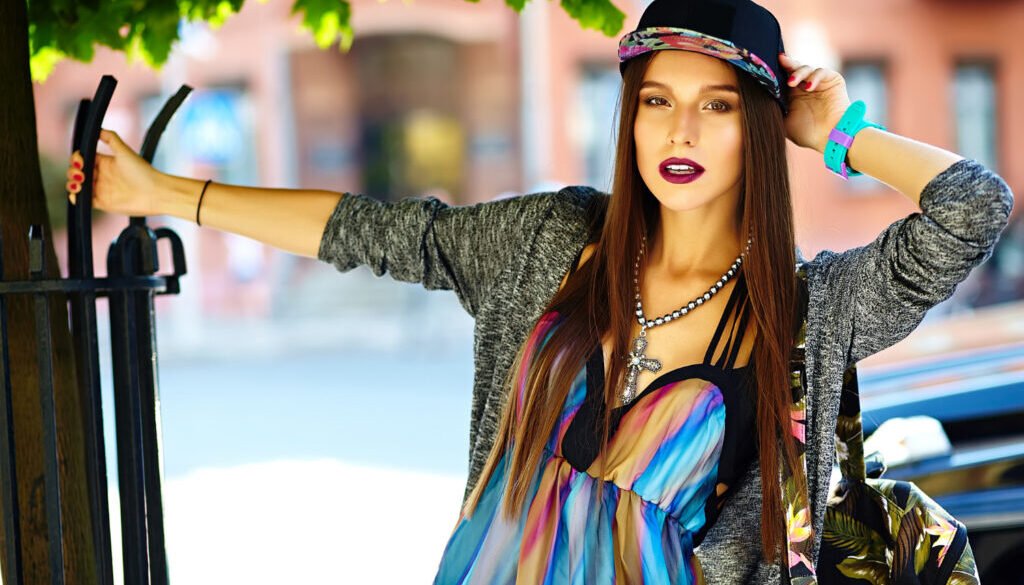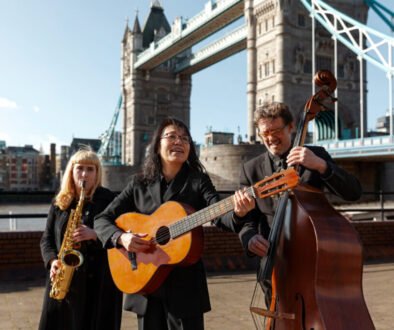The Evolution of Australian Pop Culture: From Crocodile Dundee to Modern Influencers
Introduction
Think of Australian pop culture, and a few iconic images might spring to mind: Paul Hogan’s knife, Kylie Minogue’s disco smile, or the sun-drenched drama of Home and Away. But how did a nation once seen as a remote outpost become a relentless exporter of global superstars, viral trends, and cultural phenomena?
Australian pop culture hasn’t just evolved; it has undergone a dramatic transformation. It shifted from exporting a rugged, outback stereotype to becoming a polished, influential powerhouse in music, film, television, and now, the digital world.
This deep dive explores Australia’s incredible cultural journey. You’ll discover:
Let’s trace the path from the bush to the global feed.
Phase 1: The Stereotype Era (1980s – Early 90s) – “G’day, World!”
This was Australia’s first major pop culture export drive, built on a specific, marketable identity.
- The Film Icon: Crocodile Dundee (1986)
- Impact: This film was a global seismic event. It created the ultimate Aussie archetype: the rugged, resourceful, and charming outback bushman.
- Legacy: It packaged “Aussieness” for international consumption—a blend of casual toughness and dry humour. It put Australia firmly on the Hollywood map.
-
The Music Revolution:
- INXS: Became one of the world’s biggest rock bands, selling over 80 million records.
- Kylie Minogue: Transitioned from Neighbours star to global pop princess with “I Should Be So Lucky.”
- AC/DC: The hard rock gods who laid the groundwork for global music dominance.
-
The Cultural Identity: This era traded on a sun-bleached, larrikin image of Australia—a land of adventure, informality, and quirky characters.
Phase 2: The Soap Opera Star Factory (1990s – 2000s)
While the world was watching, Australia was building its most powerful talent pipeline.
- The Shows: Neighbours and Home and Away became cultural institutions.
- The Impact: These shows became unlikely but incredibly effective incubators for future A-list talent. Margot Robbie, Chris Hemsworth, Liam Hemsworth, and Guy Pearce all started on these soaps.
- The Legacy: They taught a generation of actors the craft and gave them a work ethic that prepared them for global fame. They also cemented the image of Australian life as one of sunny suburbia and dramatic beachside living.
Phase 3: The Polished Global Powerhouse (2010s – Present)
Australia stopped exporting stereotypes and started exporting superstars and high-quality content.
- Hollywood Takeover:
- The Hemsworth Dynasty: Chris Hemsworth (Thor) became one of the highest-paid actors in the world.
- Margot Robbie: A powerhouse producer and actress (Barbie, The Wolf of Wall Street).
- Cate Blanchett & Nicole Kidman: Established icons with Oscar-winning clout.
-
Music’s New Wave:
- Tones and I: “Dance Monkey” became one of the most viral songs of all time.
- The Kid LAROI: A global hip-hop sensation blending Australian and US influences.
- Sia: The enigmatic megastar and hitmaker behind countless chart-toppers.
-
The Content Boom: Productions like The Babadook (horror), Animal Kingdom (crime drama), and Bluey (the world’s most beloved children’s show) proved Australia’s creative depth beyond just its stars.
Phase 4: The Digital Influencer Era (2020s – Today)
-
The Platform Kings & Queens: Aussies have massively disproportionately dominated digital platforms.
- TikTok: Charli D’Amelio’s main collaborator, Addison Rae, spent formative years in Australia, while homegrown stars like Lara Wise have massive followings.
- YouTube: Beauty guru Shani Grimmond and vloggers like How Ridiculous command millions of subscribers.
-
The Aesthetic: Modern Australian influencers sell a lifestyle—a blend of sunny, health-conscious, aspirational living with a relatable, down-to-earth humour. Think beach pics, acai bowls, and witty captions.
-
The Advantage: The “Aussie persona”—perceived as authentic, funny, and approachable—is a perfect fit for the influencer economy.
Why Australian Pop Culture Travels So Well
- Relatable Exoticism: It’s familiar enough to be accessible but different enough to be exciting.
- The “Aussie Persona”: The cultural values of informality, humour (“larrikinism”), and authenticity are highly appealing globally.
- English Language: No dubbing or subtitles needed, making its content easily exportable.
- Strong Production Value: High-quality film, TV, and music production that meets global standards.
Key Takeaways
- Then: Australian pop culture was defined by a single, rugged stereotype.
- Now: It’s a diverse, multifaceted exporter of A-list talent, viral hits, and high-quality content.
- The Constants: A reputation for authenticity, a strong work ethic, and a unique sense of humour have remained throughout its evolution.
- The Future: With a strong digital presence and continued success in traditional media, Australia’s cultural influence is only growing.
Australia went from being known for a man with a knife to influencing what you watch, listen to, and scroll through every day.


